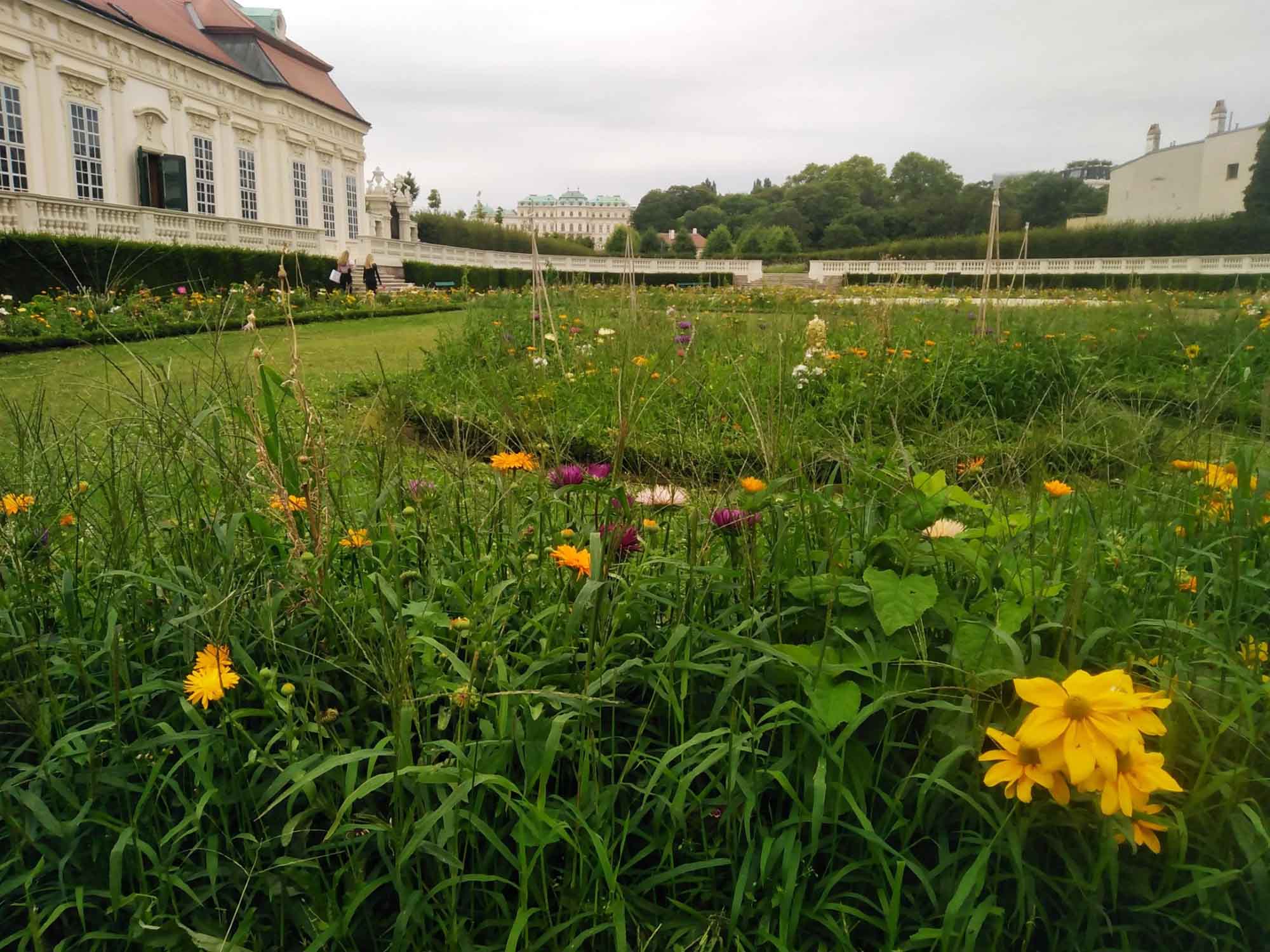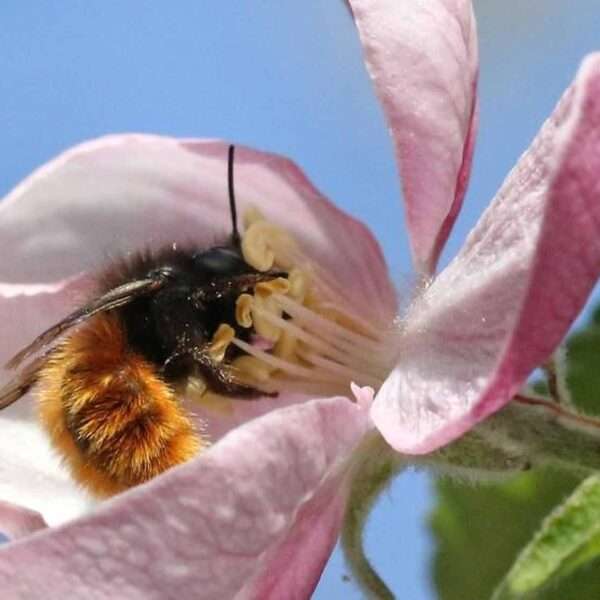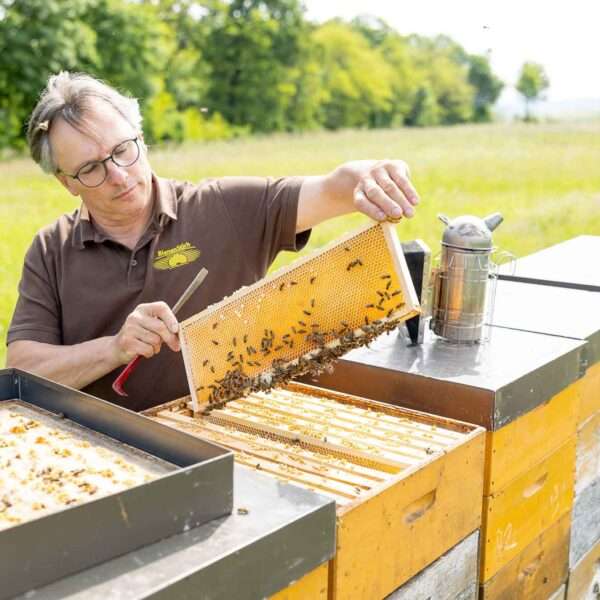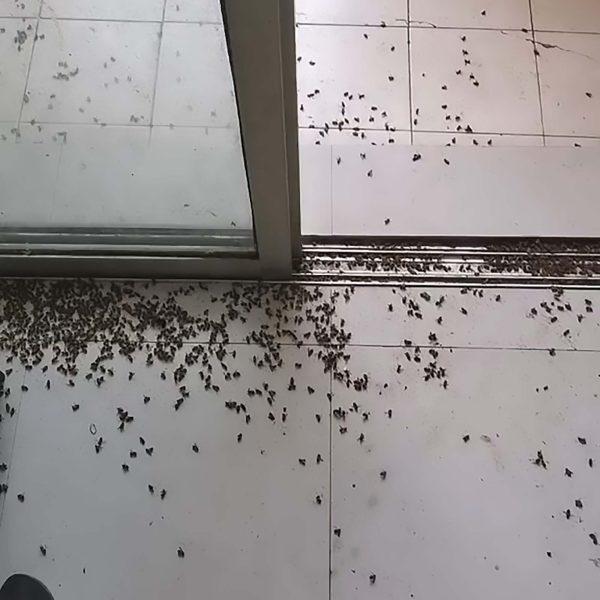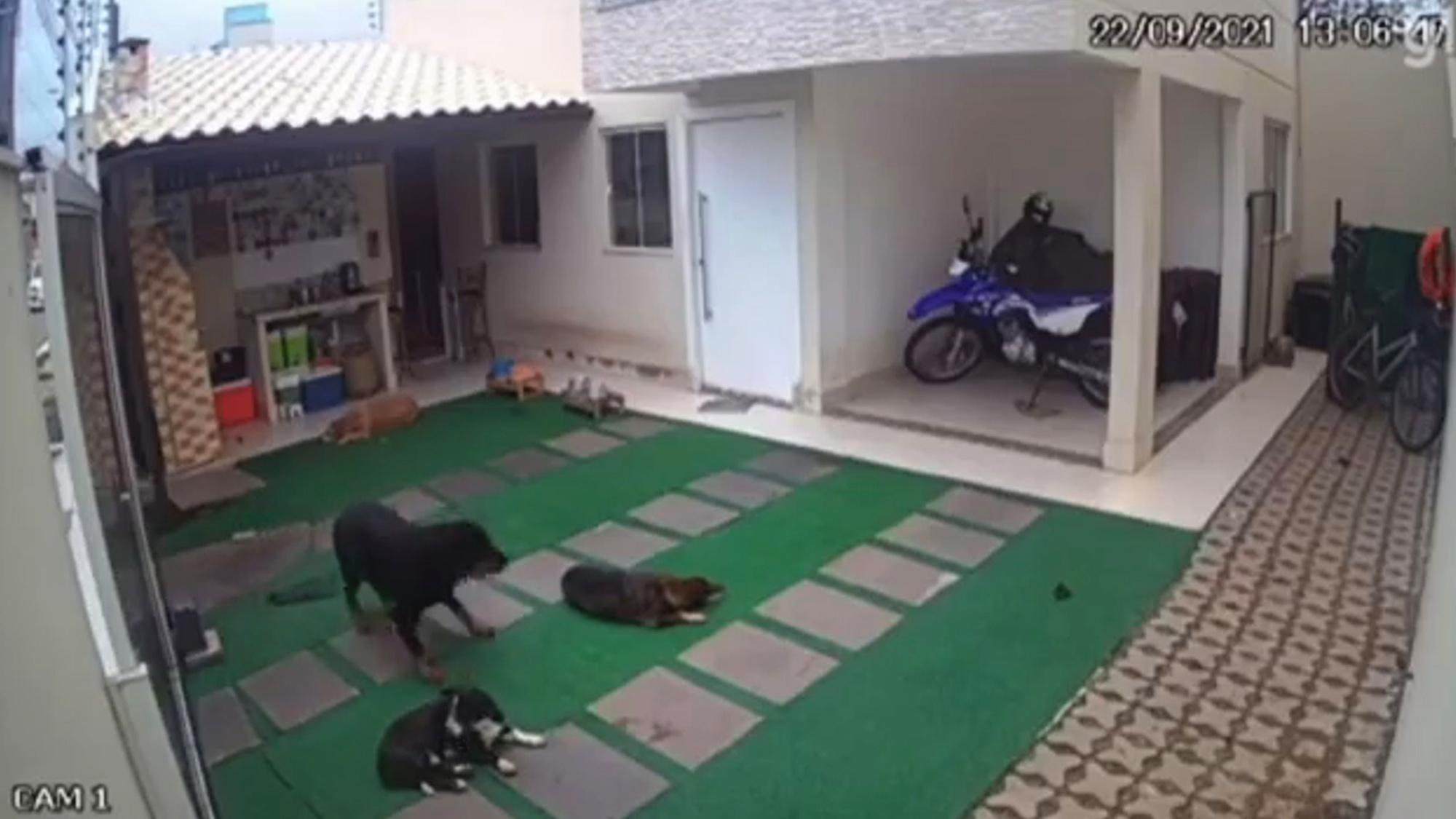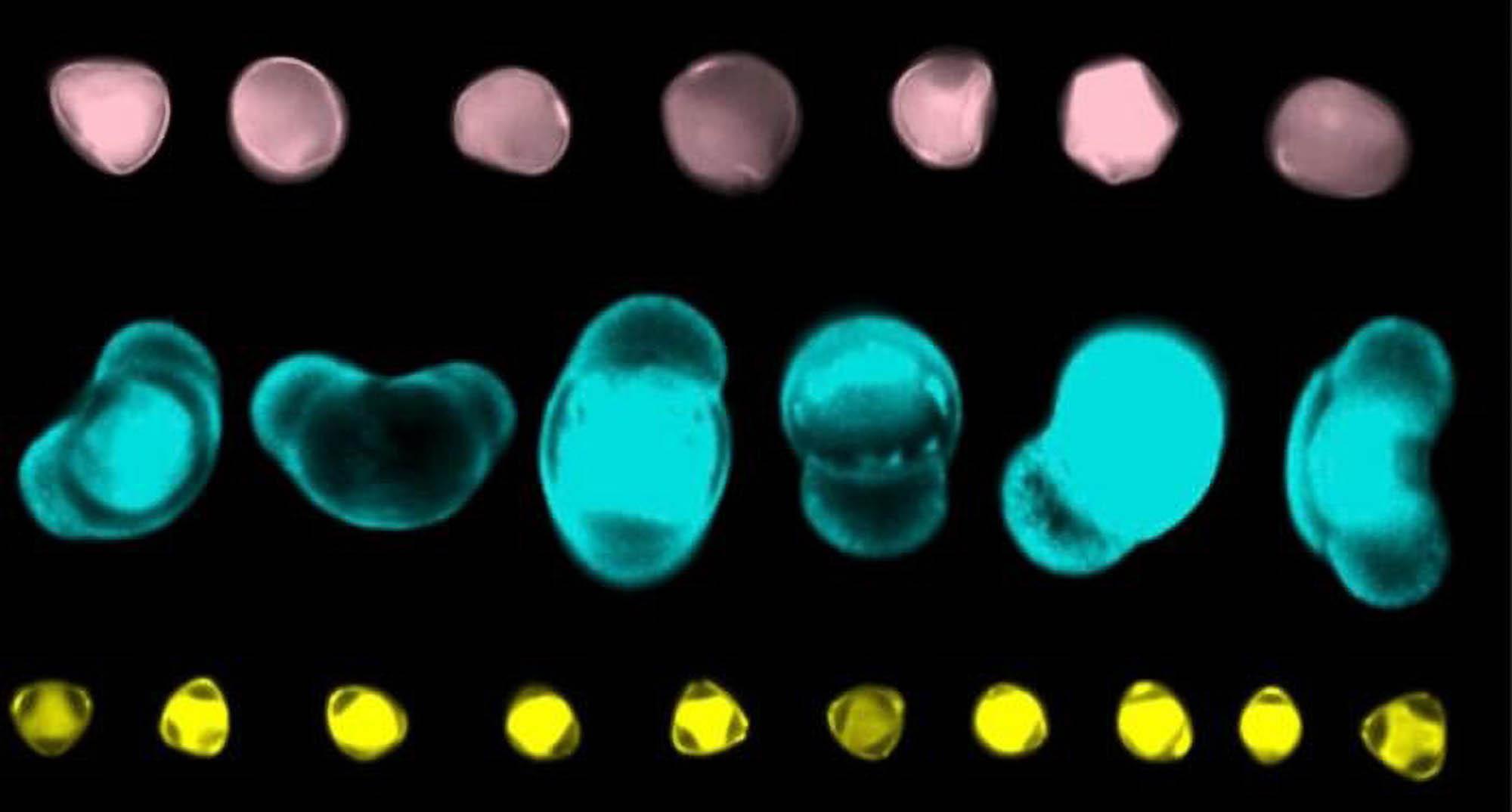Campaigners emphasising the precarious situation of their ‘Wild Bee of the Month’ have underlined other insects would also benefit from flowers planted to support the pollinator.
Experts from the ‘Deutschland summt!’ (Germany is buzzing) initiative opted for the Tetraloniella dentata to become their wild bee of February as the habitat of the insect is shrinking.
The pollinator prefers dry and warm areas such as sandy meadows and vineyards. Plants such as spotted knapweed and cotton thistle are its most important nutrition sources.

The environmentalists appeal to garden owners to support the endangered bee by allowing flowers of the Asteraceae family such as asters and daisies to grow. They point out: “Other solitary bee species would benefit as well.”
First identified by German scientist Ernst Friedrich Germar in 1839, the Tetraloniella dentata struggles these days to find nutrition and opportunities to build its subterranean nests.
Certain regions in the states of Brandenburg and Saxony Anhalt remain the only remaining habitats in Germany of the pollinator also known as dentate longhorn. In neighbouring Austria, the bee, which has long antennae, exists in Burgenland and Lower Austria.
The insect, which flies between July and September, also occurs in southern Europe, parts of Russia and North Africa.
The ‘Wild Bee of the Month‘ campaign has been initiated to increase awareness among citizens of the difficult situation many solitary bees are in. There are around 550 solitary bee species in Germany. All of them are protected by the country’s conservation of nature framework.

